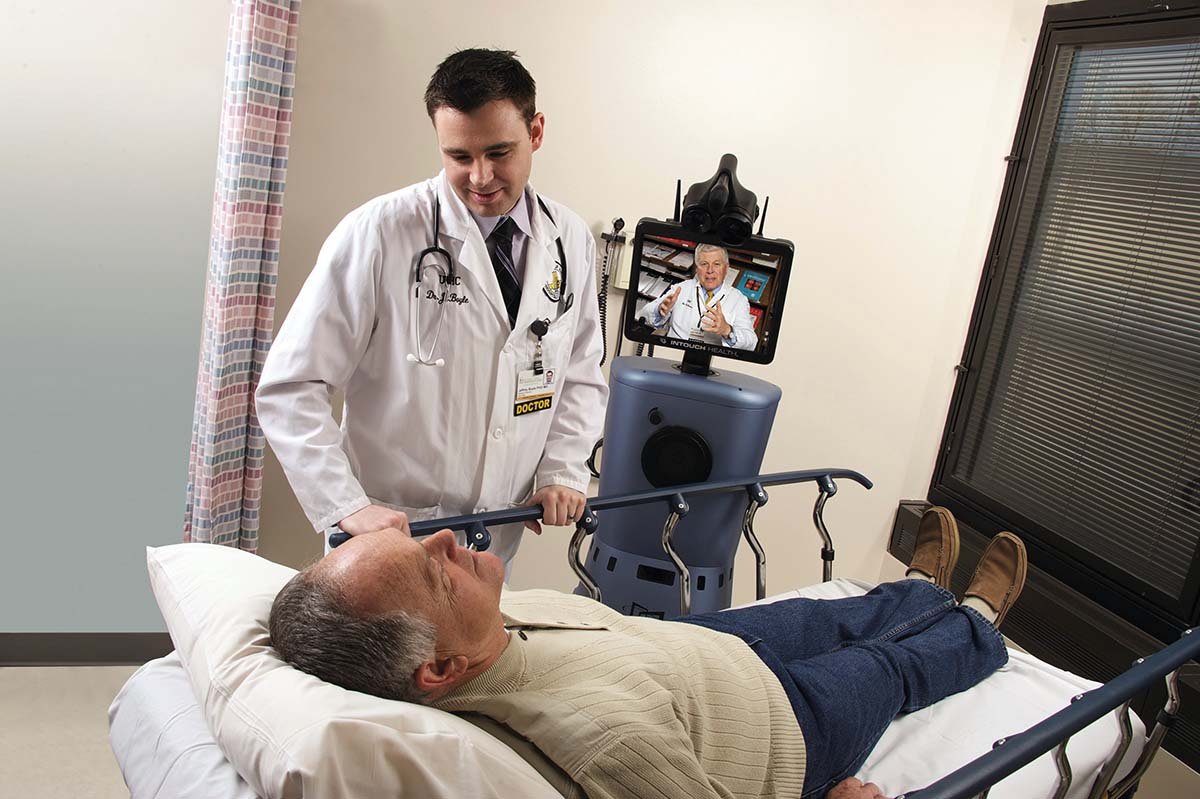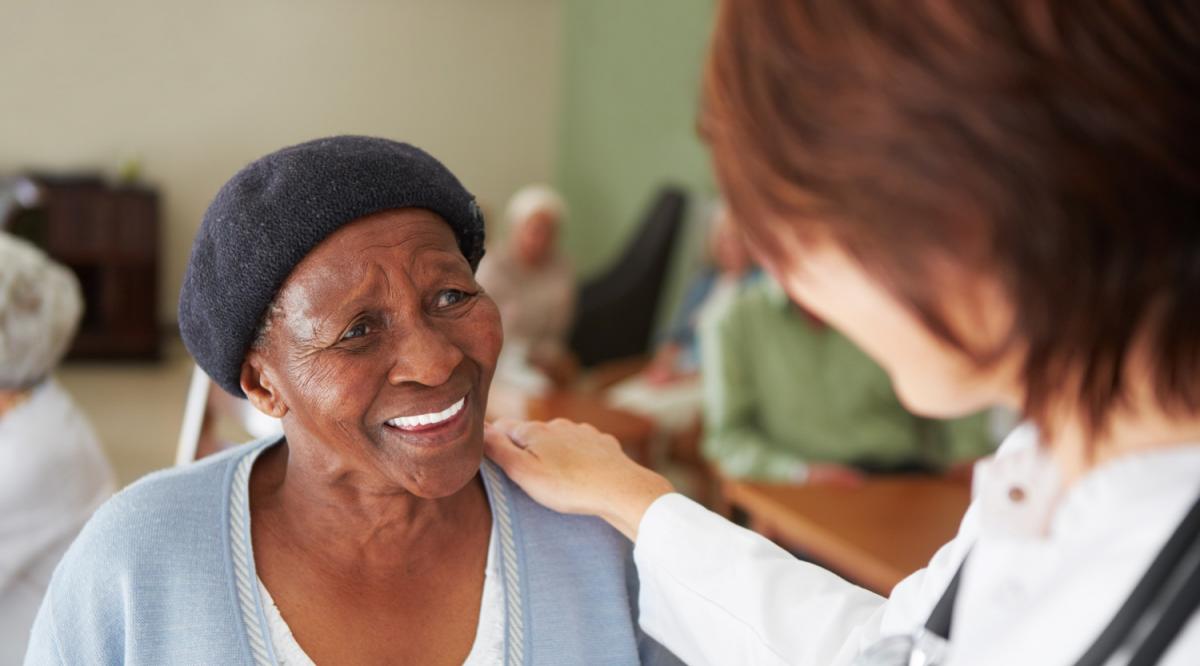Sam (not his real name) suffers from advanced liver disease, which makes it hard for him to work at times. He can’t afford a plan on the health insurance exchange, but he earns a little too much to qualify for Medicaid. It’s also tough for him to travel the long distance to the hepatitis C clinic at the University of California (UC), San Diego, where he gets care. So the clinic has arranged to consult with him by phone, get him medication at a very low cost, and when Sam is feeling particularly ill, have medications shipped directly to his home.
Sam is one of countless patients who receive assistance thanks to the 340B Drug Pricing Program. Created by Congress in 1992, the program allows certain institutions to purchase outpatient medications from pharmaceutical companies at a discount. Some examples of hospitals that qualify are those that treat a high percentage of Medicaid and uninsured patients, rural hospitals, and certain children’s hospitals. The institutions then use the savings to provide patients with access to diverse services in their communities.
“Without the opportunities we’re giving this patient, he says he would have no chance of getting treatment,” explains Lucas Hill, PharmD, a pharmacist at the San Diego clinic.
Across the country, savings from the 340B program fund a huge range of supports: smoking cessation, drug treatment, transportation to appointments, mobile clinics with bilingual providers, access to healthy food, and more.
“The 340B program is one of the most effective health care programs... There is no cost to taxpayers, and it allows hospitals to provide lifesaving programs to their most vulnerable patients and communities.”
Jason Kleinman, AAMC senior legislative analyst
“The 340B program is crucial to safety-net hospitals—hospitals that provide care for large numbers of low-income and underinsured populations—many of which are teaching hospitals,” says Jason Kleinman, AAMC senior legislative analyst.
A key point is that 340B is a good deal economically for society, notes Kleinman. “The 340B program is one of the most effective health care programs. It represents less than 3% of total U.S. drug sales. There is no cost to taxpayers, and it allows hospitals to provide lifesaving programs to their most vulnerable patients and communities,” he says.
In a recent Medicare outpatient payment rule, the Centers for Medicare and Medicaid Services cut Medicare drug reimbursements for 340B hospitals by almost 30%—a total of $1.6 billion a year—beginning January 1, 2018. This cut means that participating hospitals will not benefit as much from the 340B drug discount and will have less money for the services they've been providing. Since the rule was announced, the AAMC and other organizations have been battling the cuts through litigation and proposed legislation.
“Without the full 340B savings, many needed local supports will be at risk," says Kleinman. “In the end, underserved and low-income people are the ones who will suffer.”
One city’s 340B story
In Baltimore City, Maryland, nearly one in four people live in poverty, unemployment is high, and treatment for violence-related injuries is all too common. And then there’s the devastating opioid epidemic. In recent years, Baltimore’s fatal overdoses from the synthetic opioid fentanyl have surged tenfold.
Thanks in part to the savings from the 340B program, the Johns Hopkins Broadway Center for Addiction provides comprehensive substance use disorder services: opioid detoxification, relapse prevention, counseling—even stable housing.
“We are saving lives in the ER as people come in [with opioid addiction],” says Melisa Lindamood, a Johns Hopkins director of federal affairs, “but we also refer hundreds of patients to the center for treatment just a block away, and we do that regardless of their ability to pay.”
340B supports another key local program, created to address how frequently patients failed to fill prescriptions or take them correctly. For the past five years, pharmacists have been visiting the homes of discharged patients to check for expired drugs, possible medication interactions, and misunderstood instructions. “Going over instructions verbally, when a patient is at home, when they’re calm, really helps,” Lindamood notes.
The program has produced measurable results: participants’ hospital readmission rate was 8% compared with 17% for nonparticipants, according to a 2014 study. Such results yield cost savings and better health outcomes, says Lindamood, as do many services supported by 340B.
“We can treat victims of violence in the emergency department, but with 340B savings we are able to support neighborhood violence prevention programs. We can provide medications for heart disease, but we can also sponsor health promotion activities at local churches. These activities are not reimbursed under the traditional hospital payment structure, but they’re made possible with 340B savings,” she says.
“The supports we provide throughout the life span help avoid other more expensive medical interventions. Those costs would be borne somewhere,” Lindamood adds. “Ultimately, the cost of those more expensive interventions would be borne by the state and federal government.”
Paying for medication and more
The high cost of medications is a significant concern for patients and safety-net providers like UC San Diego (UCSD) Health. The price tag for medications continues to grow, according to a 2016 Pew Charitable Trusts report, with specialty drugs up 11% in 2015.
UCSD has used its 340B savings in part to provide low-income and uninsured patients with free insulin and other medications at several specialty clinics, including the one where Sam gets his hepatitis C treatment.
“We never turn people away. They come here, and we take care of them.”
Charles Daniels, PhD, University of California, San Diego, Health
Savings from 340B are key throughout the UC Health system, says Julie Clements, JD, director of health and clinical affairs for UC federal government relations. She points to the case of UC San Francisco (UCSF), where an uninsured college student with acute leukemia recently got help signing up for Medicaid. “The insurance didn’t cover an expensive, nonformulary medication that his team recommended,” Clements explains, “so UCSF covered thousands of dollars of cost until he could file an appeal.”
That’s just one of many examples, Clements says. “In California, physician offices often severely limit or simply refuse to treat Medicaid and Medicare patients because of poor reimbursement,” she notes. “With 340B, we help huge numbers of such patients.”
Charles Daniels, PhD, pharmacist in chief and associate dean at UCSD’s school of pharmacy, adds that UCSD Health alone provides $250 million in charitable care each year. “We never turn people away,” says Daniels. “They come here, and we take care of them.”
Reaching poor, rural patients
In some parts of rural Iowa it’s hard to find a job that pays the bills, and trips to Iowa City for health care often are too expensive or too difficult for many residents. When providing additional on-site care isn’t feasible, University of Iowa (UI) Hospitals and Clinics uses telehealth to share expertise in pediatrics, psychiatry, emergency medicine, and other specialties.
“We don’t want an 80-year-old patient to have to drive two or three hours from home unless absolutely necessary,” says Michael Brownlee, PharmD, associate director and chief pharmacy officer of UI Health Care. “We have a number of rural providers who really rely on us for our expertise.”

“[UI Health Care offers] top programs ... so why shouldn’t someone in rural Iowa benefit from that?” Brownlee adds. “We are the state’s only comprehensive academic medical center. 340B has helped us to make available additional specialty care for areas of the state that never had them before.”
“We want patients to have the best care in the most appropriate setting,” explains Brownlee. “Sometimes, it’s better for patients to stay closer to home and not make the trip here.”
UI Health Care has used 340B savings to defray the cost of telehealth—and many other crucial services. “We take care of a large number of patients who don’t have any insurance,” says Brownlee, “and we’ve used our 340B savings to help take care of patients who can’t afford to pay.”
“Without our prior levels of 340B savings, we would have to cut some programs,” adds Brownlee. “That would be a dramatic loss for people who need our care.”
